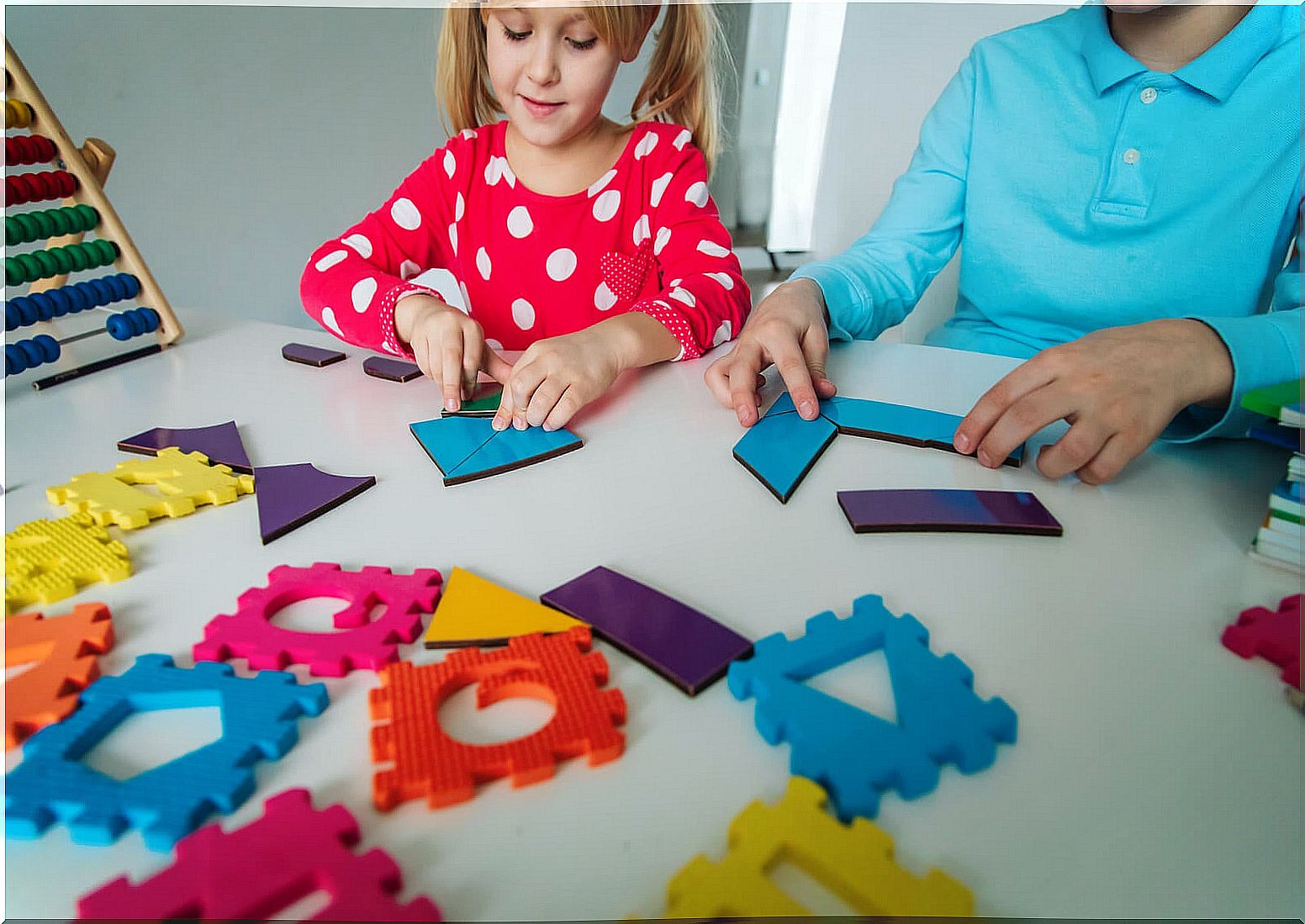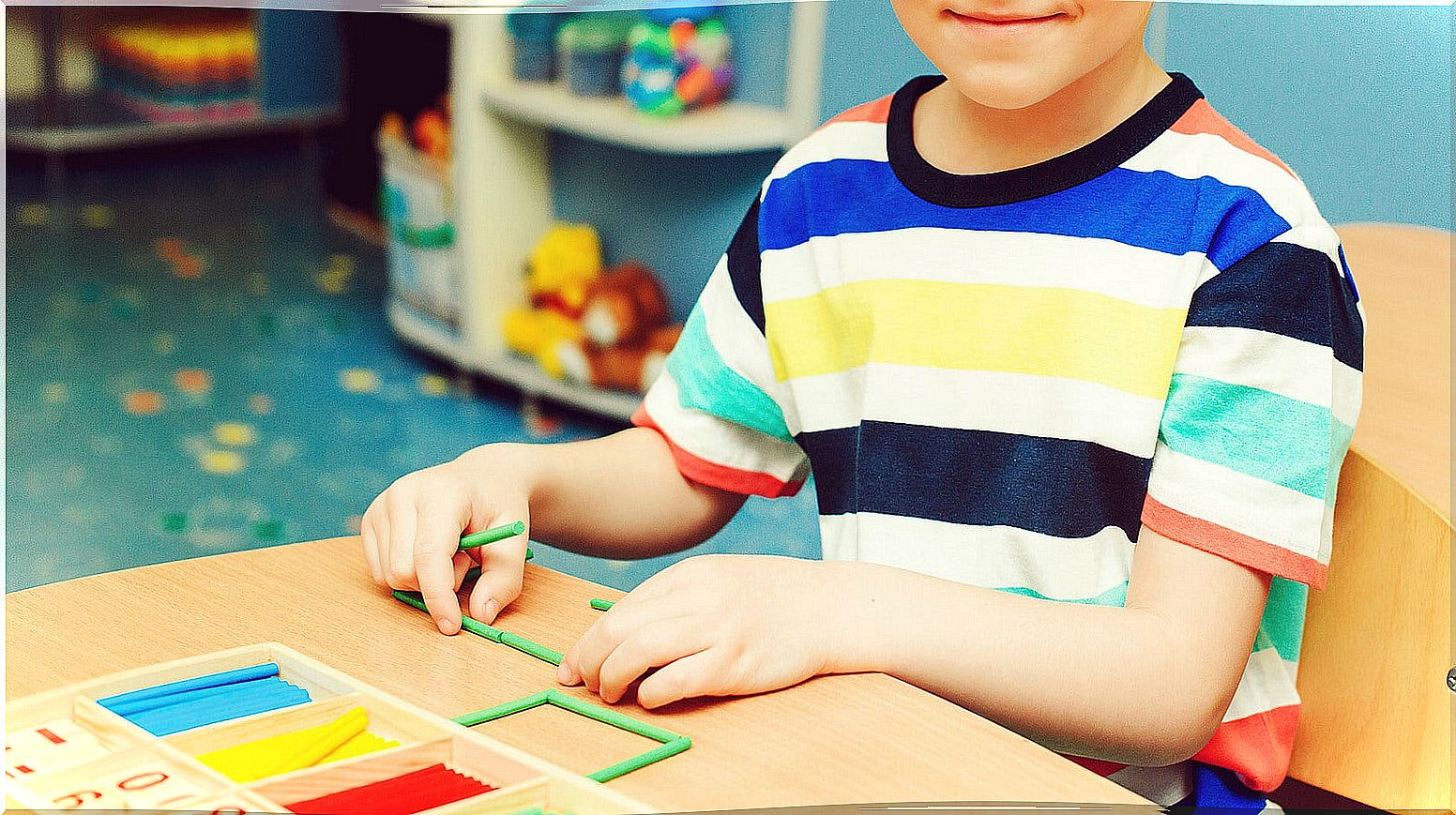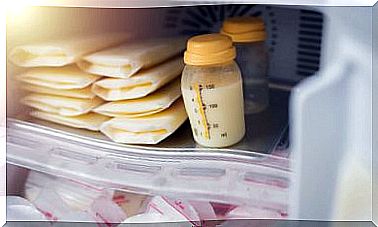The Pythagorean Table To Learn To Multiply

Who does not remember those moments when he recited the multiplication tables over and over again to learn them? I remember how difficult it was for me to learn that many numbers and the times that at my grandparents’ house I would sing them to learn them. The Pythagorean table to learn to multiply can facilitate this task substantially.
Learning the multiplication tables without finding the relationship between those numbers makes learning very difficult. And, like everything we learn, each thing has stages that must be respected. Therefore, teaching children the tables without being clear about addition and subtraction will make their learning very difficult, and even lead to frustration.
Do you want to know a method that is easier for your children to learn to multiply? How can you help them? I invite you to continue reading to learn more about this topic.
Why do children find multiplication difficult?
There can be several causes of difficulties when learning the multiplication tables, but we are going to see some of them.

The learning pace is not appropriate for the child
How many times have we heard that each child has different learning rates? And this is true, but then it is not fully respected. Let’s take an example: in class, a teacher asks that for the next day all students have to know the table of 5.
And yes, there will be children who are capable of doing it, but others may feel blocked and cannot do it. Therefore, it is important to understand these differences in the rhythms of each child.
The foundations of mathematical knowledge are weak
It is very important that children have acquired the most basic mathematical knowledge to be able to advance in the difficulty. If we introduce a new concept without having clear basics, we will be increasing the difficulty and, consequently, it will be much more difficult for the infant to learn it, if it succeeds.
Therefore, learning must be organized hierarchically and have the basics achieved to continue increasing the concepts of greater difficulty.
Multiplication is out of context
What do we mean by this? That we try to teach children to multiply without giving them the feeling that this operation will be useful, not only to solve math problems, but also to use it in daily life. Multiplication is a basic concept of mathematics that will continue to be used throughout life and on many occasions.
Lack of resources for their learning
Sometimes we forget that children learn much better when concepts are manipulable. When this is the case, the little ones learn more easily and assimilate it better. Therefore, using tangible materials to explain multiplication can make it easier to learn.
What is the Pythagorean table to learn to multiply?
The Pythagorean table is a table consisting of 10 columns and 10 rows. On one axis, put the numbers to be multiplied (multiplicands) and, on the other, the numbers by which the multiplicands will be multiplied.
Then, in the cells inside, the results of the multiplication will be placed. This method helps to see, in a simpler way, all the multiplication tables in a single box, which makes learning easier.
What are the benefits of the Pythagorean table for learning to multiply?
There are many benefits that the Pythagorean table can offer to teach younger children to multiply in a simpler way. Some of them are
- It helps to understand the commutative property, that is, that the order of the factors does not alter the product; It will give us the same result, 2 x 5 as 5 x 2.
- Understanding the distributive property, that is, the multiplication of a number by a sum will give us the same as the sum of each one multiplied by that number. For example: 2 x (2 + 3) is the same as 2 x 5 and also 2 x 2 + 2 x 3 is the same.
- Helps develop logical reasoning. Children will be able to look for relationship patterns without the help of an adult.
- It makes learning easier, without having to resort to simple memorization. By being able to interact with the table, it is easier for them to learn.

The best learning would be to combine memorization with the Pythagorean chart, playing with the chart and memorizing the relationship between the factors and the product. If we train it, children will find it more entertaining to learn than simple charts on paper.
Tips to generate curiosity about multiplication in children
As we have already said before, it is important to wait for the right moment to teach children the multiplication tables and generate curiosity in them and, for that, these tips can help.
- Produce need. If we ask children problems of daily life, they will see the usefulness of multiplication and will be more predisposed to their learning.
- Explain what multiplication is for. When the child understands the usefulness of this, he will be more motivated in his learning.
- Use manipulable material. We can use materials for children to interact with, such as dice, colored pencils, LEGO pieces, etc. This will make learning more fun for them.
- Wait for the right moment. The child has to be clear about the concept of quantity to introduce multiplication and, in addition, he must have a well-established learning of addition and subtraction in order to learn to multiply without difficulty.
The Pythagorean table to learn to multiply
As you have already seen, this method of the Pythagorean table to learn to multiply has multiple benefits so that learning in children is more fun and more effective without taking so much work to learn.
Memory, as in all processes, is important, but if there is a method that makes it more entertaining, this will arouse curiosity and less rejection in the child.










